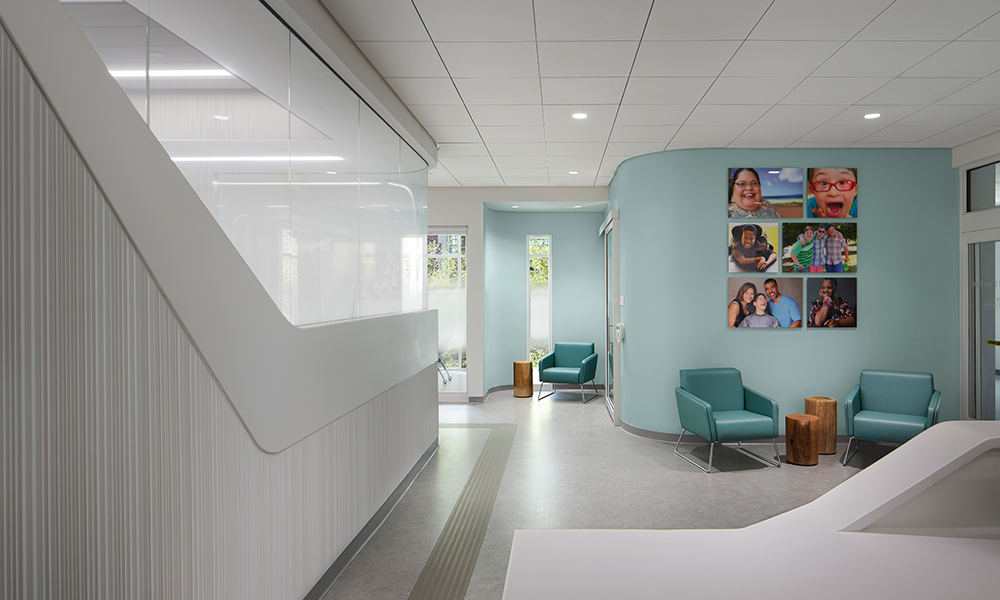
01 Nov Designing For Inclusive, Widespread Equality In Healthcare

Designing For Inclusive, Widespread Equality In Healthcare
As much as 27% of adults in the U.S. live with a disability. Recognizing the need for more inclusive healthcare facilities for this population, some commercial real estate firms have been motivated to design spaces that go beyond basic patient care. They aim to foster environments that are not only functional but also purposeful and comfortable for everyday experiences.
EwingCole, a Philadelphia-based architectural firm, is working to ensure that healthcare facilities are more accessible for all while focusing on how people with disabilities can be an active part of the design process, helping adapt buildings to their evolving medical needs.
“We’re overdue for creating a more inclusive environment where not only do architects need to create better spaces, but individuals with disabilities should be actively involved in every part of the process,” said Adrienne Erdman, director of design research at EwingCole.
Companies need to help level the playing field because disability is a universal experience and should be considered beyond the Americans with Disabilities Act compliance requirement, she said.
“When considering design for a variety of experiences, expanding the built environment to include robust disability-inclusive features is a natural extension of experience-driven design,” she said. “Designing for inclusivity increases the utility of space for all — a phenomenon known as the curb-cut effect.”
The curb-cut effect refers to the concept that when even seemingly minor adjustments are made for people with disabilities — such as the inclusion of a small curb cut in a sidewalk for wheelchairs — it also benefits a larger demographic, including bicyclists, people with strollers, delivery workers and others.
One of the challenges of creating truly inclusive spaces is recognizing that changes need to extend beyond the bare minimum of ADA compliance. This means companies may need to make larger investments and spend more time in the building phase.


